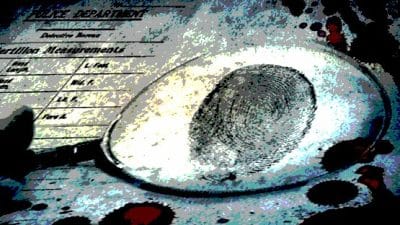
Bradford pear trees are blooming throughout Virginia now, and while they are beautiful, experts warn they are invasive and should be removed.
The white flowers have a pungent fishy aroma, and the trees, also known as Callery pears, are rapidly spreading to roadsides and forests, and that isn’t good news.
“In areas without active vegetation control, such as roadsides and road interchanges, you see a proliferation of Callery pear,” said Eric Wiseman, an associate professor of urban forestry and arboriculture at Virginia Tech. “They are also very hard to control. If you cut the stem back at ground level, it will still grow from the root, so all you’ve done is cut the plant back, not kill it.”
The Virginia Department of Forestry offers an exchange program where landowners can remove a Callery pear and receive a native tree replacement.
Pear trees have widely planted since the 1970s because they were cost-effective, fast-growing and easy-to-establish trees.
Unfortunately, the pear trees produce fertile seeds that are readily spread by birds, according to Wiseman. These seedlings are tolerant of harsh growing conditions and thrive in poor soil, which means they can pop up practically anywhere.
Callery pears spread easily and may form dense thickets – outcompeting native plant species growing around them. The sharp thorns that grow on wild-growing Callery pear seedlings also make them difficult and painful to manage.
Native plant biodiversity provides food and habitat for animals and insects, including native bee species, and contributes to the overall health of Virginia’s natural communities.
Alternatives to Bradford pear
- Flowering dogwood
- Serviceberry
- Green hawthorn
- Chokecherry
- White fringe tree
- Katsuratree
- Paperbark maple
- Japanese snowbell
- Smoketree










